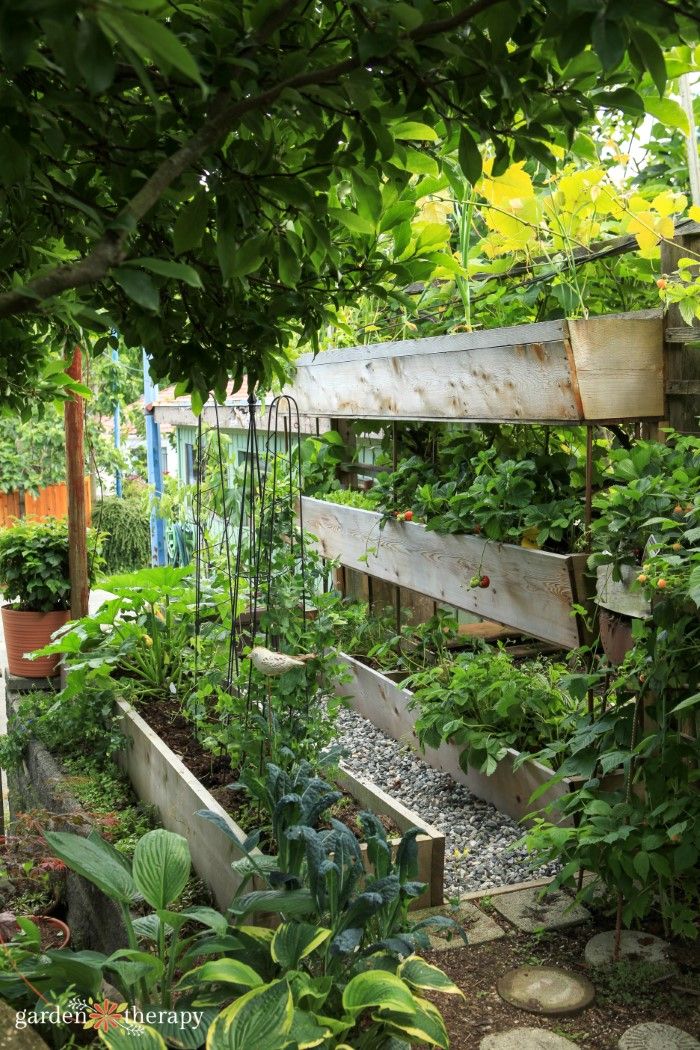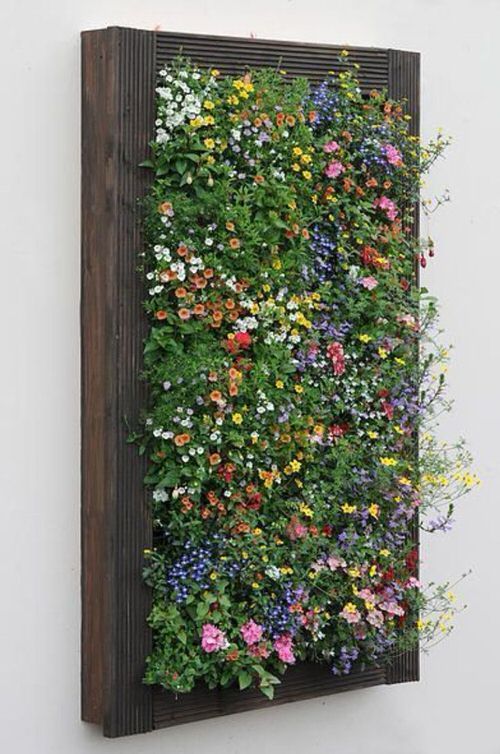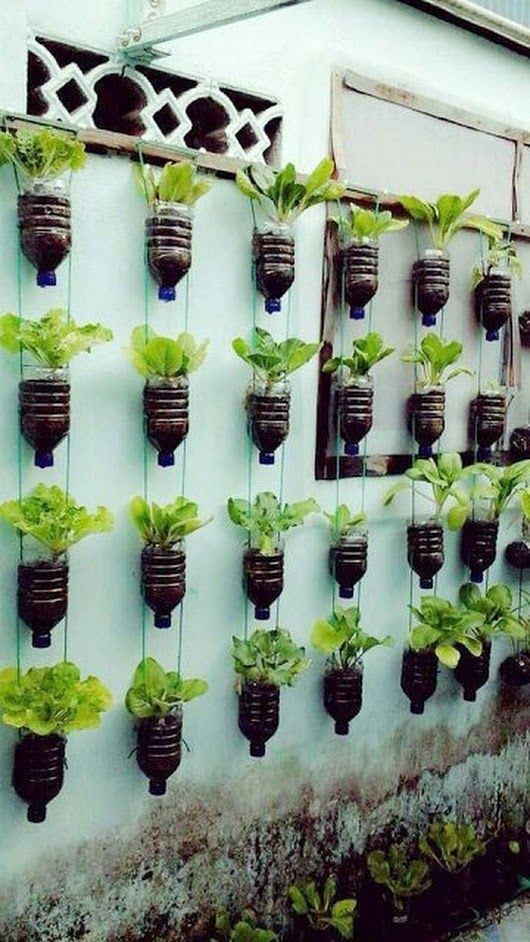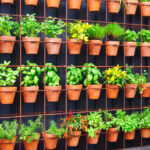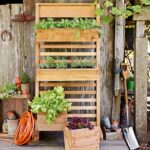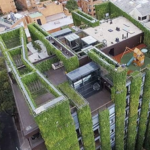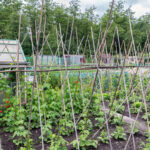Vertical gardening is a growing trend in the world of gardening. It involves growing plants on a vertical surface, such as a wall or structure, rather than in the traditional horizontal manner. This unique method of gardening is gaining popularity for several reasons, including maximizing limited space, adding visual interest to outdoor areas, and making gardening more accessible for individuals with physical limitations.
One of the primary benefits of vertical gardening is its ability to make use of limited space. In urban environments where outdoor space is at a premium, vertical gardening allows individuals to grow plants in small areas, such as balconies or patios. By utilizing vertical surfaces, gardeners can grow a variety of plants without taking up valuable floor space, making it an ideal solution for city dwellers or individuals with limited gardening space.
Vertical gardening also has the potential to be more visually appealing than traditional gardening methods. By arranging plants on a vertical surface, gardeners can create a living wall that adds color, texture, and interest to outdoor spaces. These living walls can serve as focal points in a garden or outdoor area, creating a unique and visually striking display that can be enjoyed year-round.
Another advantage of vertical gardening is its accessibility for individuals with physical limitations. By placing plants at eye level or within reach, vertical gardening eliminates the need for bending, kneeling, or stooping, making it easier for individuals with mobility issues to maintain their gardens. This can be especially beneficial for older adults or individuals with disabilities who may struggle with traditional gardening techniques.
In addition to its practical benefits, vertical gardening can also have environmental advantages. By utilizing vertical surfaces for gardening, individuals can help reduce urban heat island effect, improve air quality, and promote biodiversity in urban areas. Vertical gardens can provide habitat for birds and insects, help absorb noise pollution, and reduce the heat absorbed by buildings, ultimately contributing to a healthier and more sustainable urban environment.
Overall, vertical gardening is a versatile and innovative gardening method that offers numerous benefits for gardeners of all skill levels. Whether you’re looking to maximize limited space, add visual interest to your outdoor area, or make gardening more accessible, vertical gardening is a practical and stylish solution. With the potential to transform outdoor spaces and improve environmental sustainability, vertical gardening is a trend worth exploring for anyone passionate about gardening.
